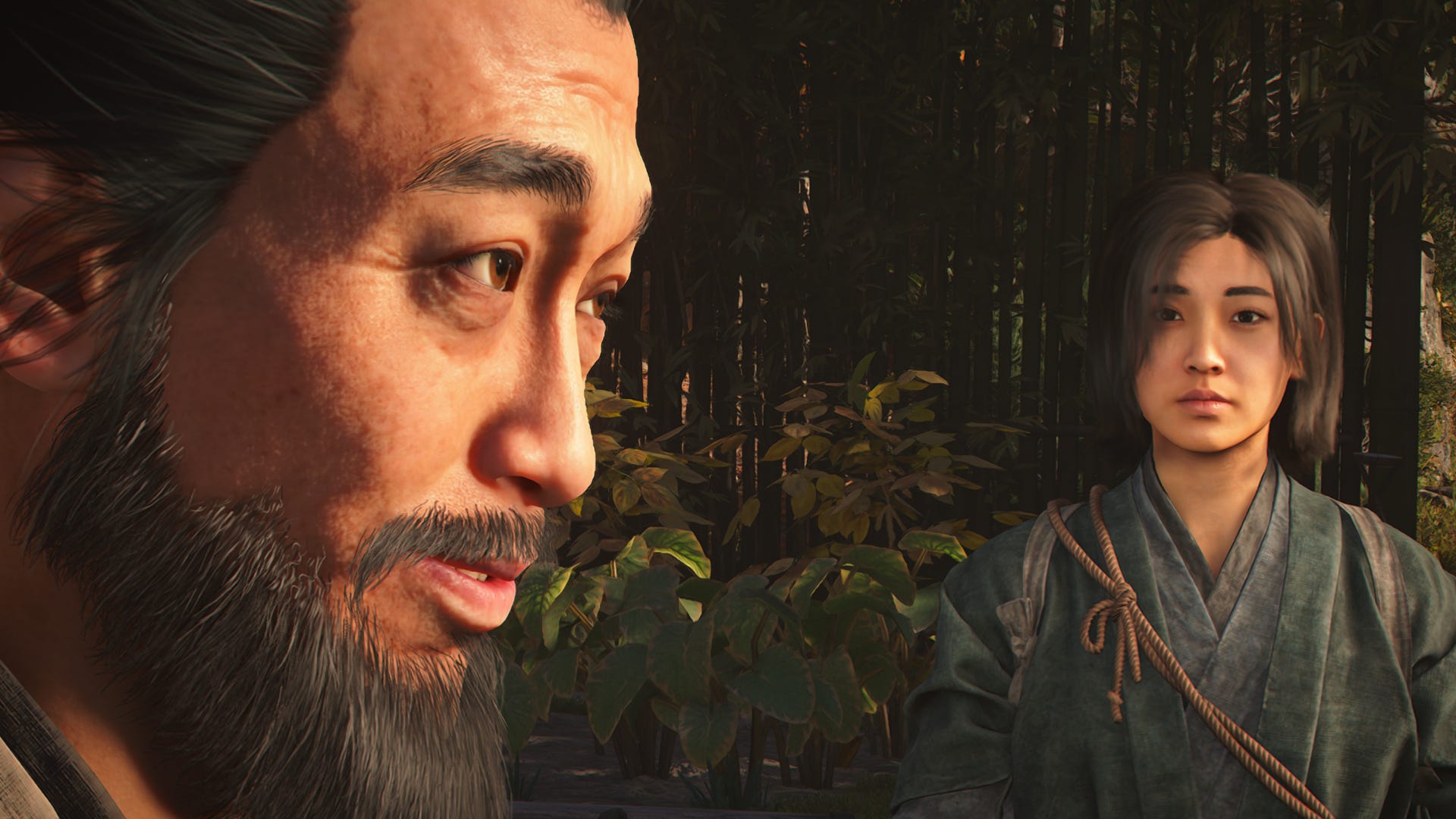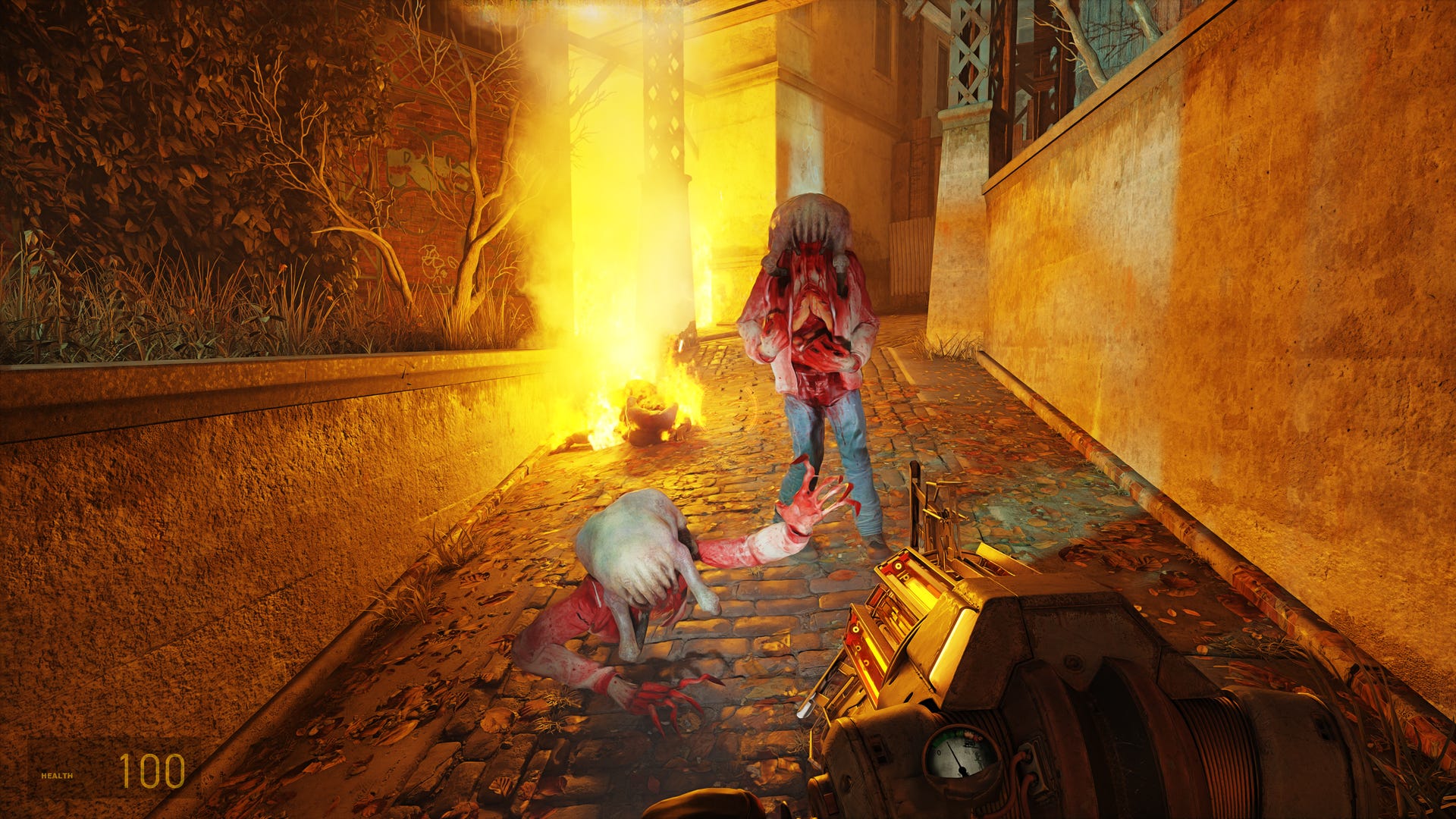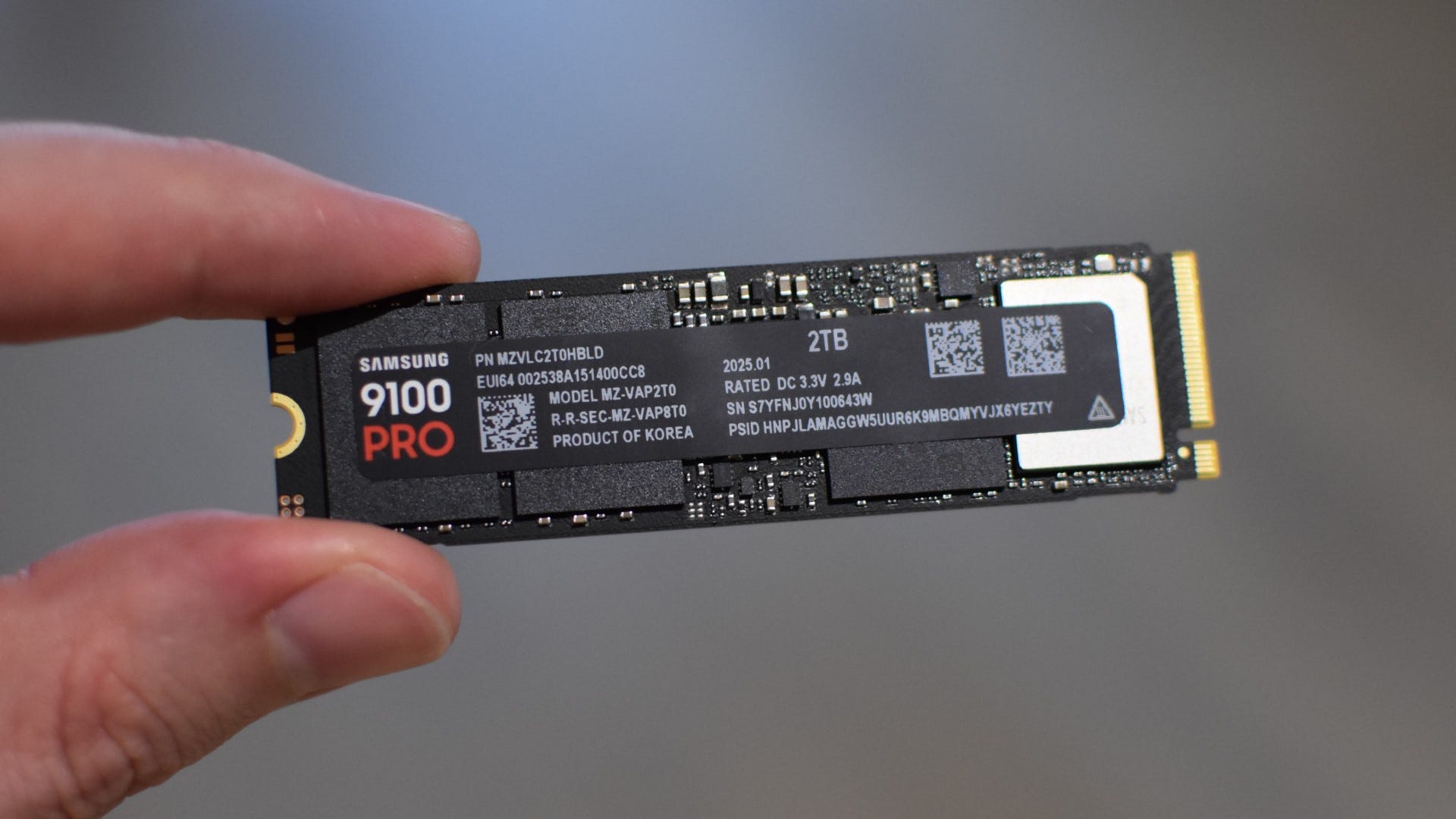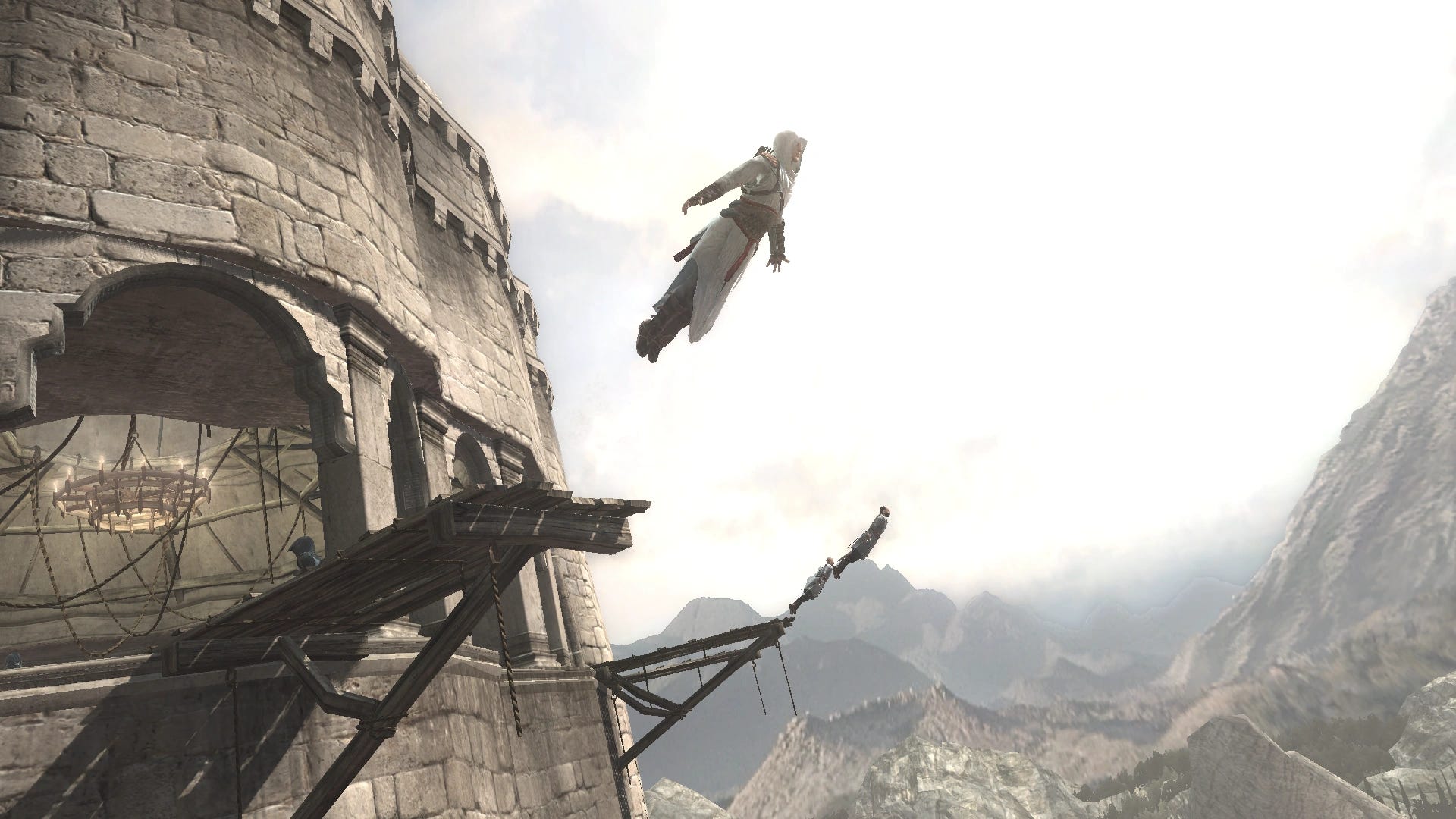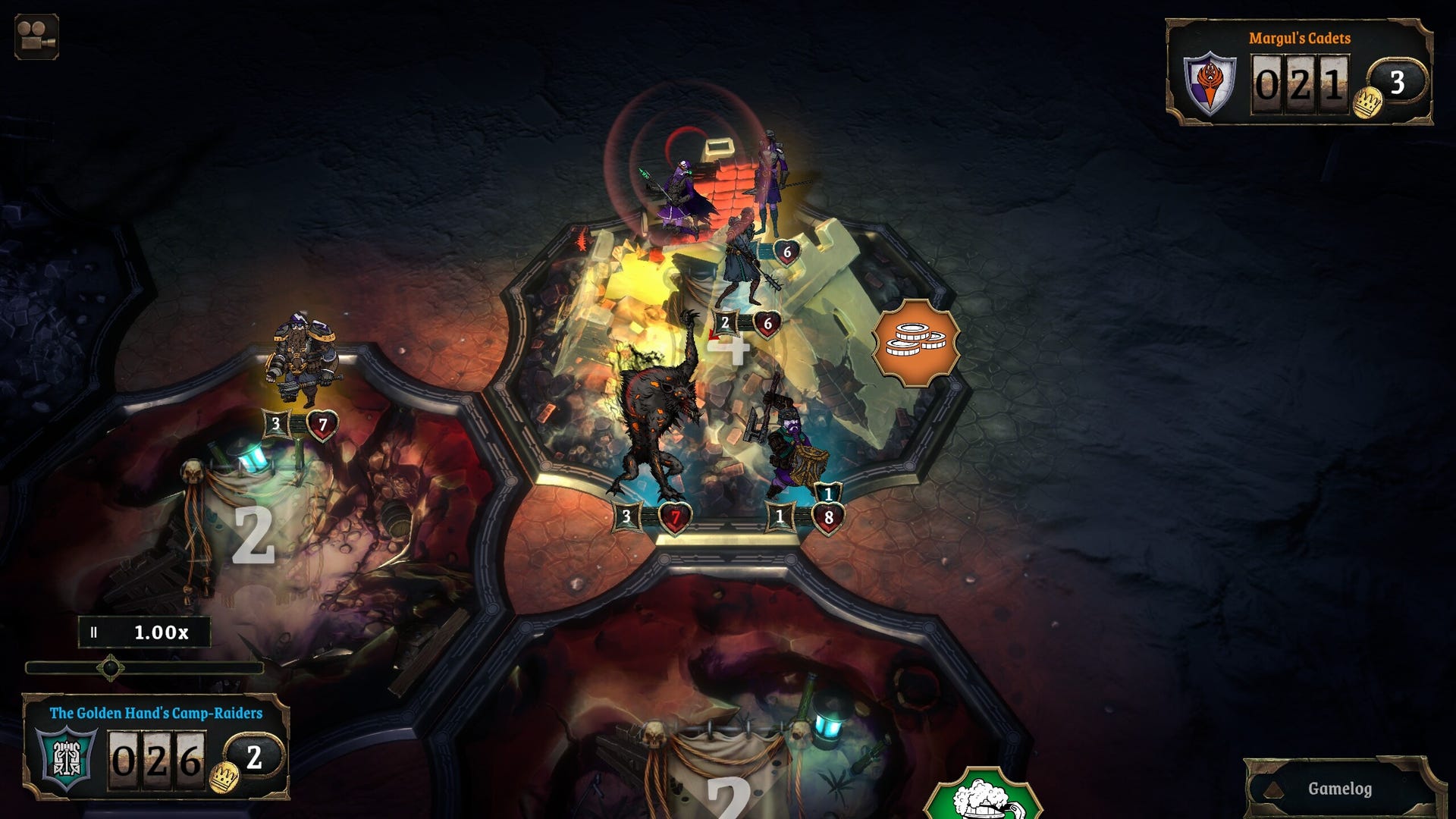
What can we learn about games by comparing the thrill of a nailgun kill in Quake to the elation of triple word score in online Scrabble? For Richard Garfield, creator of Magic: The Gathering and KeyForge, it's actually quite a bit.
Taking place over progressive rounds in which you'll pick and assign your force to capture victory points over an expanding tileset, Vanguard Exiles exists because Garfield is "smitten" with autobattlers, a love he traces back to an "epiphany" he had in the 90s thinking about the different roles a computer could play in both natively digital games and what he calls "paper games".
"Yet they were both games," Garfield tells me over call, "I was playing them both digitally. The computer is vital. It serves a really good purpose, and yet, when you play [an autobattler], it feels like you're playing a paper game. You can sit back, think about your moves and understand really everything about the game before you execute, which is not the standard in a lot of digital games."
Read more
